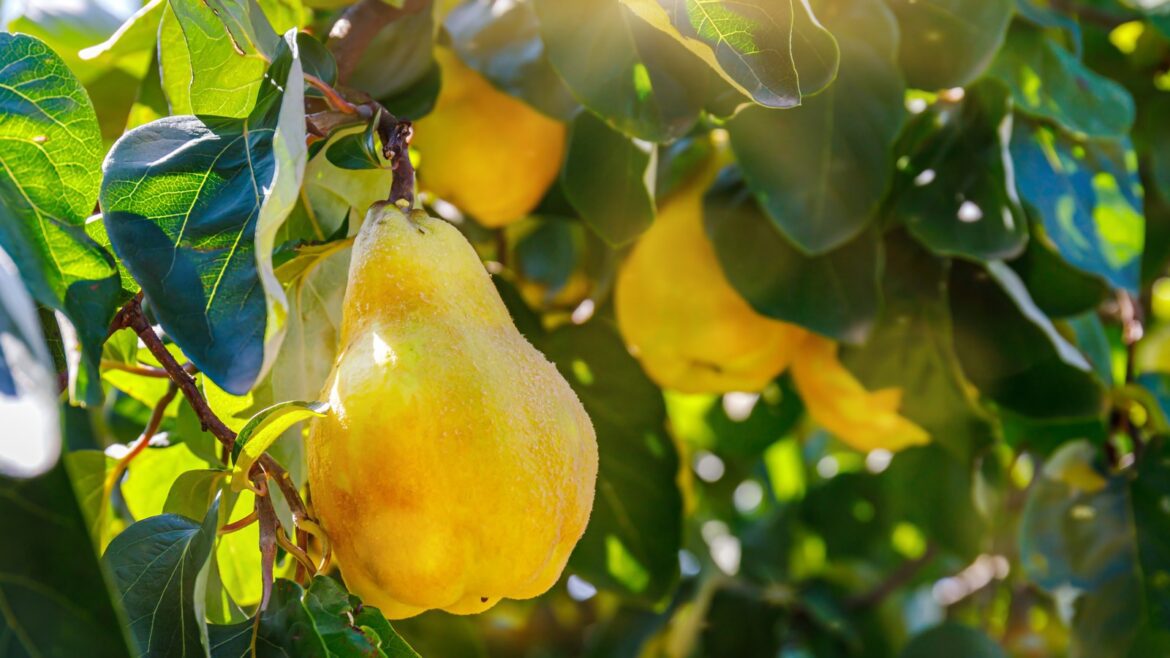Quince is a unique fruit that looks like a combination of an apple and a pear, but has a flavor of its own, often described as having a slightly citrusy aroma, but much more so than a bite of lime or lemon. It’s mellow. Although quince cannot be eaten raw, it is delicious when cooked and added to jams, compotes, cakes, etc. Perhaps the fact that it needs to be boiled down has something to do with its unpopularity. This is one of the reasons why gooseberries are unpopular. Also, people don’t reach for fruits that are too sour or require a lot of effort to enjoy. That said, quinces were once much more popular than they are today.
The history of quince dates back to the Silk Road. This made the fruit native to the Caucasus Mountains popular throughout Europe. It quickly became popular as traders brought the fruit across Europe. Its unique fruit was surrounded by stories about its medicinal properties. One Roman naturalist even claimed that quince could ward off the evil eye.
Until the Middle Ages, quinces were more widespread than apples. Quinces were highly prized at the tables of the wealthy, royalty, and nobility, who served them as a delicacy to show off their greatness. However, by the 20th century, quince had lost much of its power and appeal. Without servants to do most of the prep work, wealthy people found quinces to be far more trouble than they were worth.

